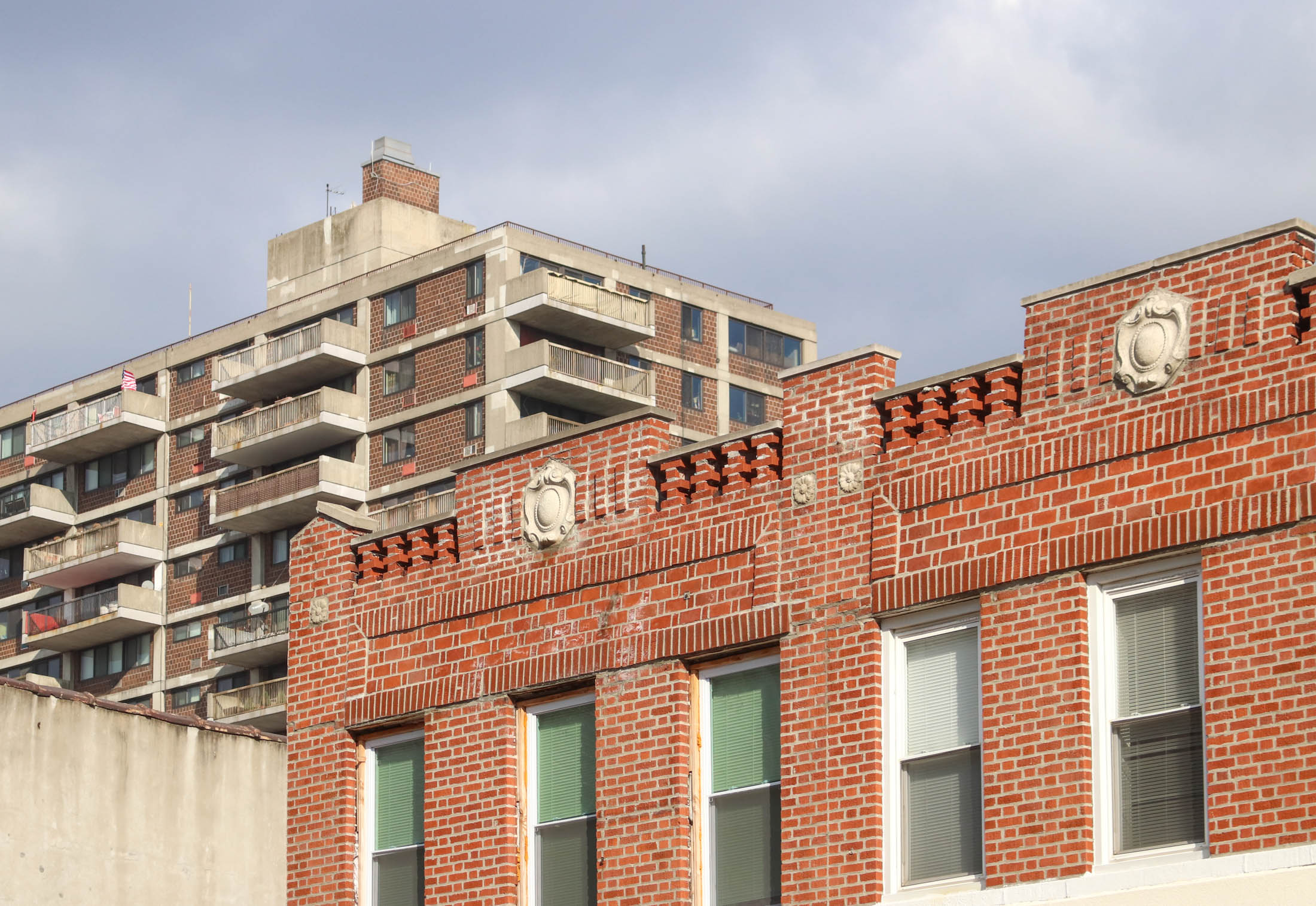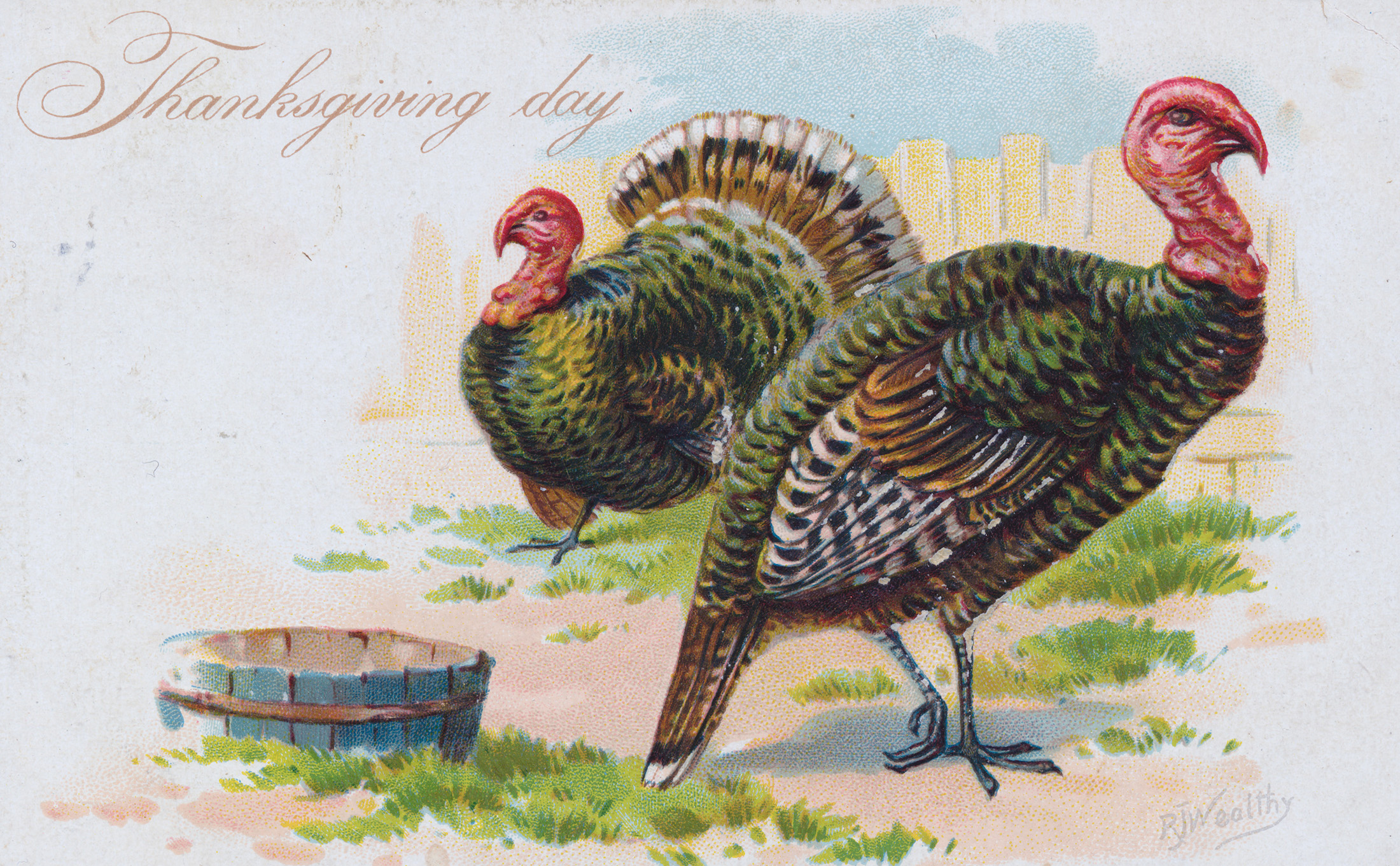Little Boxes, Big Slums
So what happens when McMansions all over the country are downgraded in status and price to the dollar menu? According to an article in The Atlantic, it means we’re witnessing a huge shift in where Americans are choosing to live. The piece, by Brookings Institution fellow/Arcadia Land Company honcho Christopher B. Leinberger, racks up fact…


So what happens when McMansions all over the country are downgraded in status and price to the dollar menu? According to an article in The Atlantic, it means we’re witnessing a huge shift in where Americans are choosing to live. The piece, by Brookings Institution fellow/Arcadia Land Company honcho Christopher B. Leinberger, racks up fact after fact to support the theory that the suburbanization of the U.S. has run its course:
For 60 years, Americans have pushed steadily into the suburbs, transforming the landscape and (until recently) leaving cities behind. But today the pendulum is swinging back toward urban living, and there are many reasons to believe this swing will continue. As it does, many low-density suburbs and McMansion subdivisions, including some that are lovely and affluent today, may become what inner cities became in the 1960s and ’70s—slums characterized by poverty, crime, and decay.
Leinberger argues that as cities have increased in cachet over the past decade or so, builders have gone gangbusters on the suburbs, leading to overdevelopment in non-urban areas and huge price premiums in our cities. One demographer he cites forecasts a “likely surplus of 22 million large-lot homes forecasts a likely surplus of 22 million large-lot homes (houses built on a sixth of an acre or more) by 2025—that’s roughly 40 percent of the large-lot homes in existence today.” There are plenty of good reasons to believe cities—and manufactured, urban-esque “lifestyle centers” outside of cities that include walkable streets and retail clusters—will only continue to grow in popularity. For example, Leinberger notes that by 2025 there will be an equal number of single-person households as families with children. The whole article is well worth a read, though it oddly doesn’t address the possible racial ramifications of a suburbia-as-slum/cities-of-gold cultural shift. Still and all, it’s a sobering look at how the McMansion developments of today may be the poverty-stricken badlands of tomorrow.
The Next Slum? [The Atlantic]
Photo by bob.





12:25 – no you are 100% wrong
http://reports.eea.europa.eu/eea_report_2006_10/en/eea_report_10_2006.pdf
You forgot Camden, 12:34.
12:13 gets the award for dumbest post of the day. In NJ and Maryland a people in a few communities make a huge amount of money and everyone else is struggling. Such an economy is like a 3rd world country. Plus Maryland has Baltimore and NJ has Newark. ‘Nuff said. A couple of the notoriously worst cities in the country. Not exactly something to be proud of economically or otherwise.
suburban = sub-urban.
The burbs can suck it.
“suburbia-as-slum/cities-of-gold cultural shift”
No worse than the opposite, which developed after WW II.
12:13, nobody has once said here the near-suburbs to NYC are the types being discussed in this article. You REALLY need to read all the thread before commenting. Did you even bother to do that?
But the suburbs do NOT have “0 crime rates”.
We read the news and watch TV too. Who are you trying to fool? The worst crime I ever heard of in my life, the rape and murders of the mother and daughters during a home invasion robbery, took place a year or so ago in one of the nicest CT suburban towns. The suburbs are not immune.
Sorry…I had it wrong. NJ is number 2. But it’s still bankrupt. Taxes are insanity.
****
NEW YORK (CNNMoney.com) — Maryland is now the wealthiest state in the union, as measured by median household income, according to the latest stats from the Census Bureau.
The typical Maryland household earned $65,144 in 2006, propelling it past New Jersey, which came in second with earnings of $64,470, but had led the nation in 2005. Connecticut finished in third place both years, recording a median income of $63,422 in 2006.
I totally agree with 12:13, this has zero relevance for “metropolitan” NY. The article is about ex-urban communities out in corn fields hours away from anything.
Also, almost all burbs have extremely stringent zoning that forbibs multiple family dwellins. The author’s stateement that MCmansions will become rental units is absurd.
“Even in Europe, suburbanization is continuing and even growing.”
That statement is 100% false.